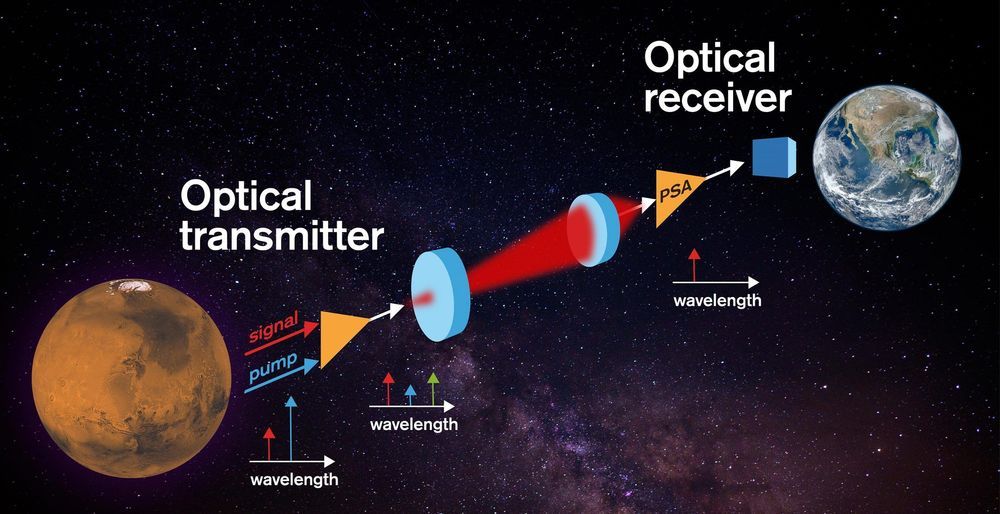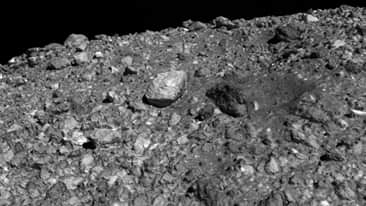SpaceX in the News Episode 115. Today we catch up on all the latest Starship and Super Heavy updates. Go over recent Dragon news. Talk Starlink and other upcoming missions, and finish with today’s Honorable Mention.
SUBSCRIBE: https://www.youtube.com/spacexcentric
BECOME AN XCENTRIC MEMBER: https://www.youtube.com/spacexcentric/join
SUPPORT ON PATREON: https://www.patreon.com/spaceXcentric
JOIN OUR DISCORD: https://discord.gg/UCv4yx4
WEBSITE: https://spacexcentric.com





